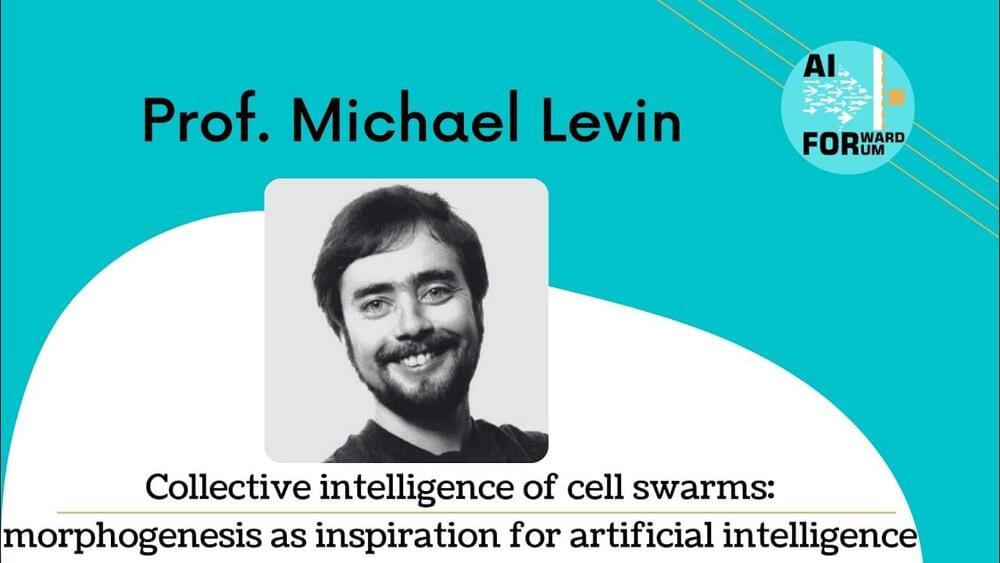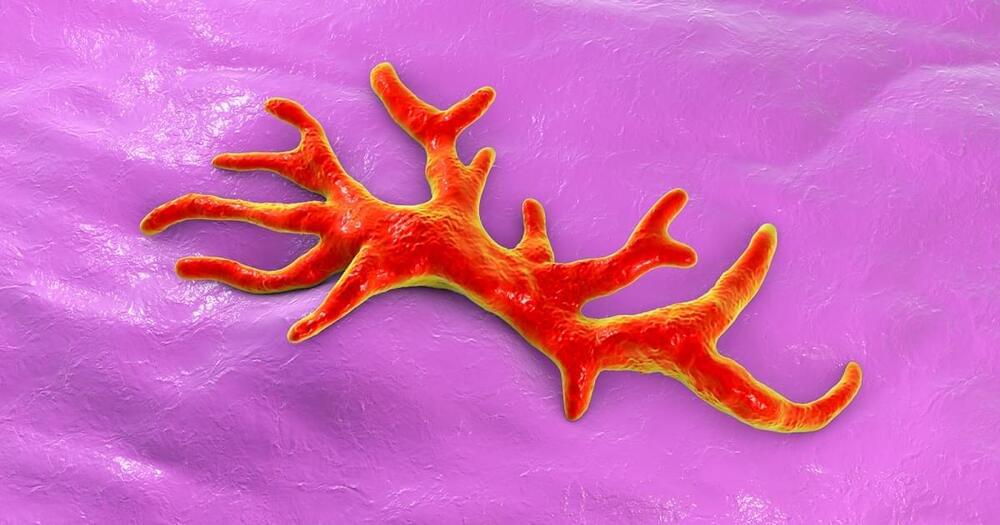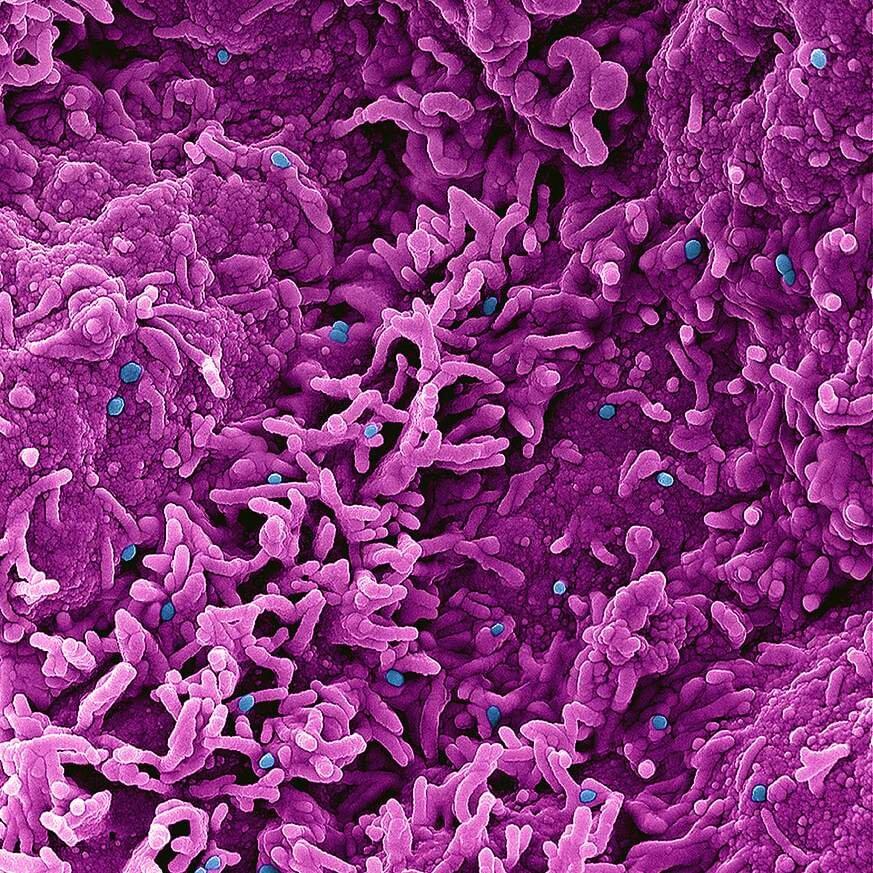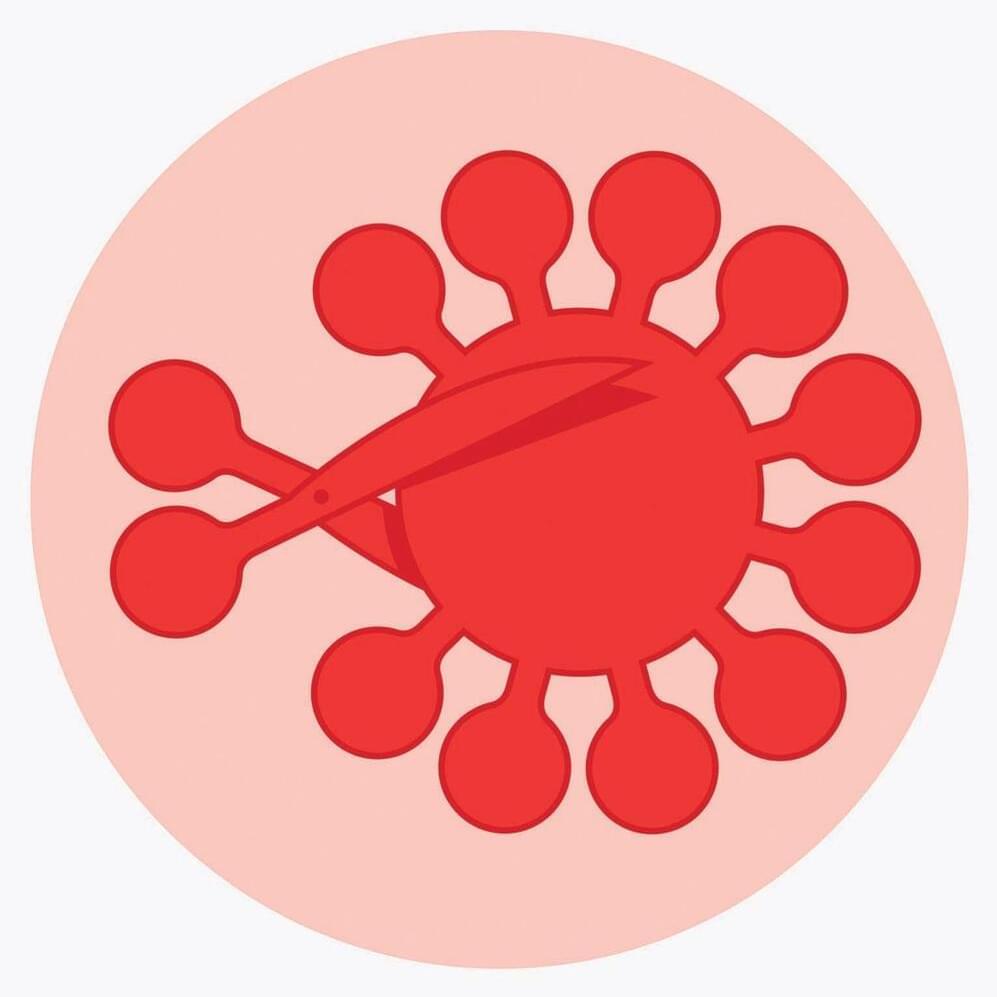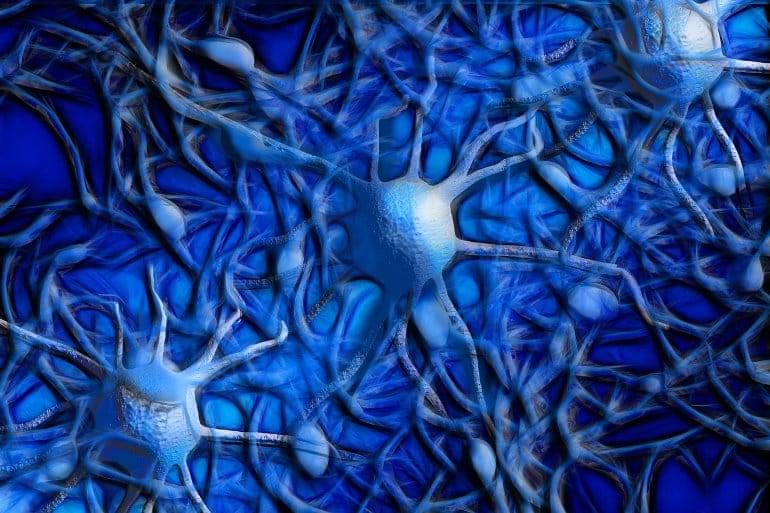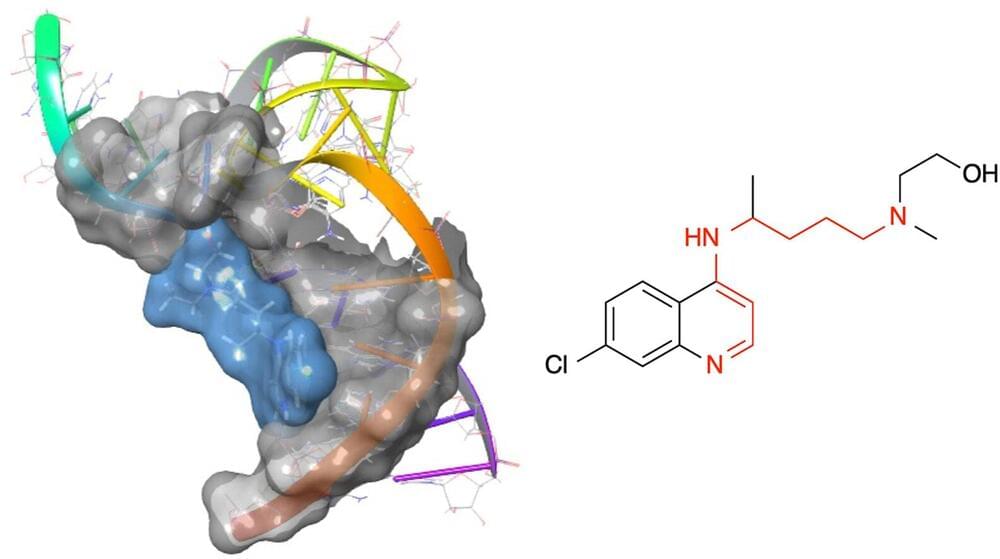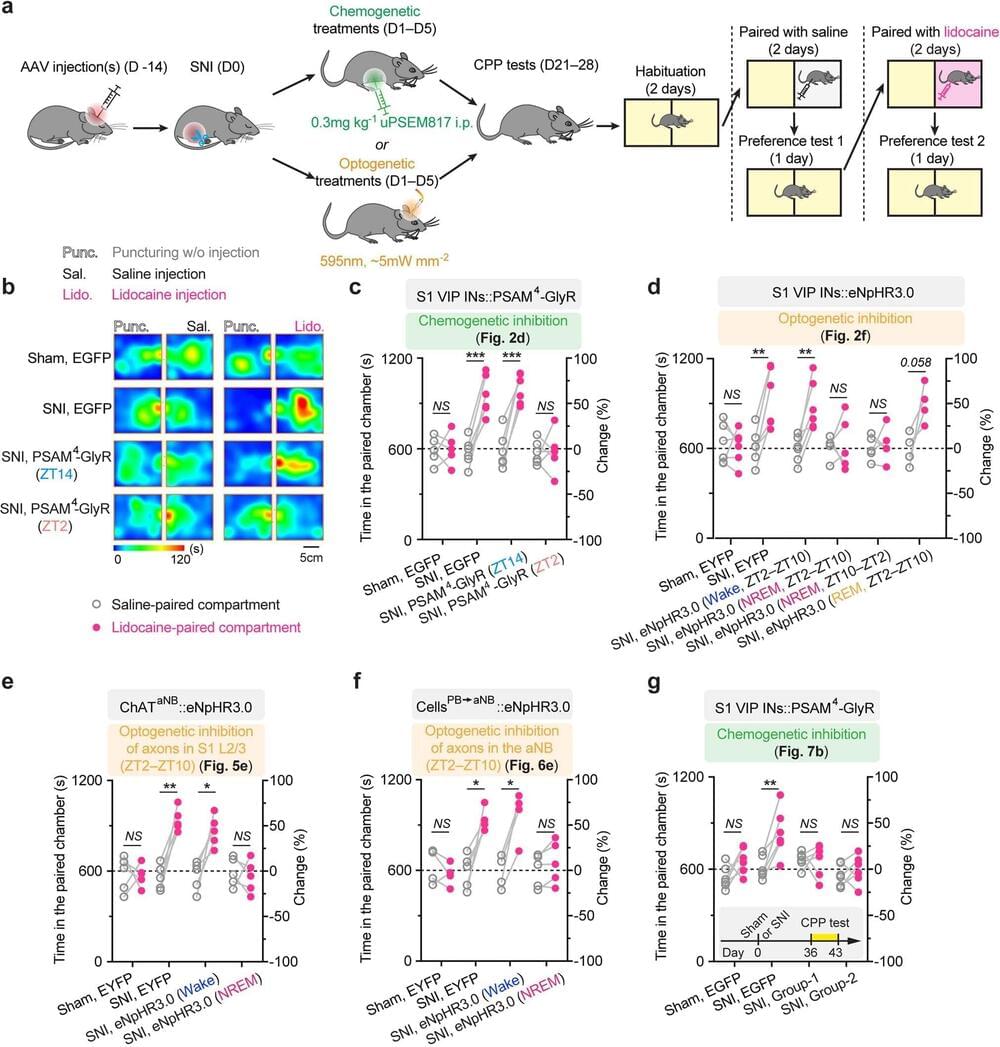Feb 15, 2023
Collective intelligence of cell swarms | Prof. Michael Levin | AI Forward Forum
Posted by Dan Breeden in categories: biotech/medical, robotics/AI
Professor of Biology at Tufts University Michael Levin shows the remarkable plasticity of somatic (non-neural) cells and the way they communicate through bioelectric signalling to produce different morphologies. He argues that cellular control of growth and form is a type of collective intelligence.
Prof. Levin also shows that by manipulating bioelectric signalling between cells it is possible to change what the cells are going to build. The particular examples include converting one type of tadpole tissue into another, making planaria (a type of flatworm) to regrow two heads, etc. Prof. Levin’s and his team work has profound theoretical contributions towards understanding better biological intelligence, and from the practical side, it may lead to applications in biomedicine (solving birth defects, curing degenerative disease and cancer).
Continue reading “Collective intelligence of cell swarms | Prof. Michael Levin | AI Forward Forum” »
